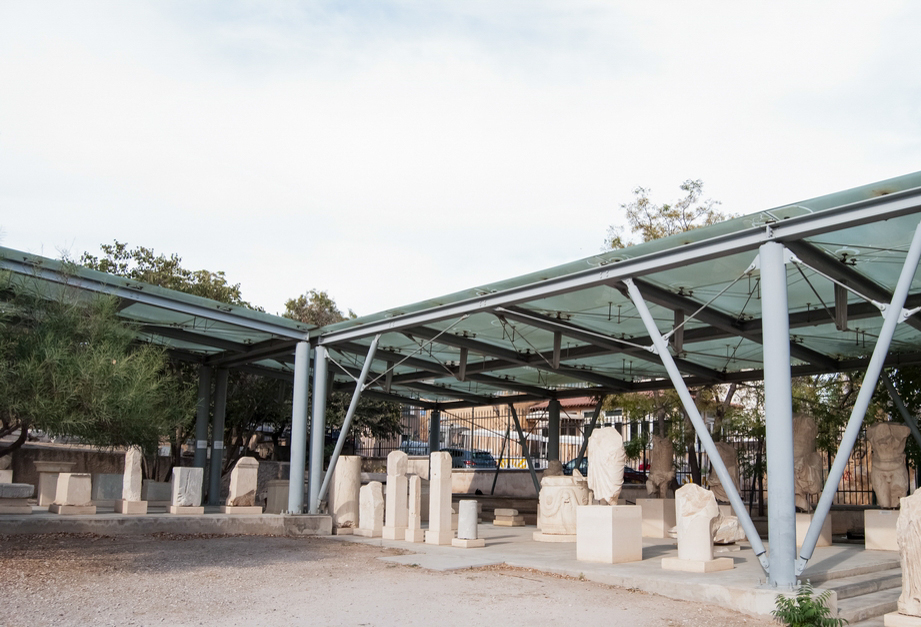South Slope (Klitis)
The south slope of Acropolis hill with many historical monuments.
Location
Timeline
Modern and Contemporary era (1821 - )
Ottoman era (1453- 1821)
Byzantine era (331 AC- 1453)
Roman era (30 BC- 330 AC)
Hellenistic era (322- 31 BC)
Classical era (478-323 BC)
Archaic era (800-479 BC)
The beginning of its prosperity as a religious and cultural centre.
Geometric era (-1100- 800 BC)
Prehistory (-1100 BC)
The first houses of Athens were found here.









Share